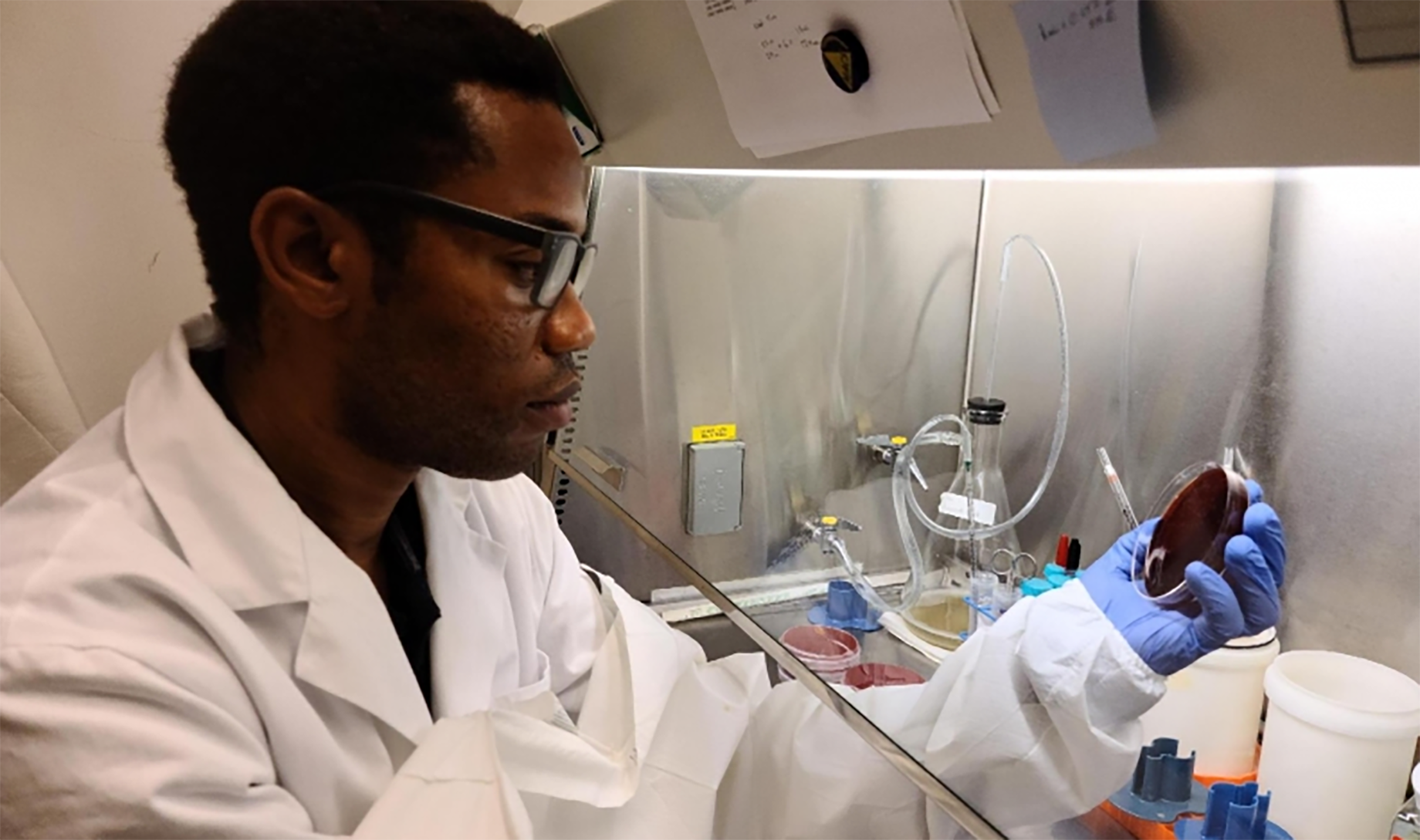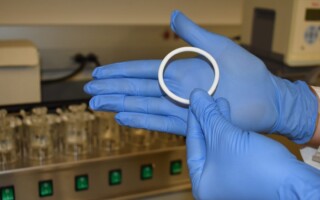
There is an undeniable need for new technologies to address the overlapping global burdens of unintended pregnancy and sexually transmitted infections (STIs) such as chlamydia, gonorrhea, HIV, herpes simplex virus, and bacterial vaginosis. STIs and bacterial vaginosis put women at higher risk for HIV, adverse birth outcomes and stillbirth, and neonatal death. Current contraceptive multipurpose prevention technologies under development contain hormones, which some women do not prefer.
The Population Council is developing a user-controlled, multipurpose prevention, non-hormonal intravaginal ring that will provide contraception and protection against sexually transmitted infections with the added benefit of promoting vaginal health by helping to maintain optimal vaginal pH.
We will be integrating end-user feedback into our development program and incorporate favorable product attributes into our ring design, with the goal of increasing user acceptability and adherence.
The research will involve ring design and testing, preclinical safety and efficacy evaluations, clinical evaluation, and end-user testing including preferences for the physical properties of the ring.
Our data indicate that women overwhelmingly prefer and are more likely to use an MPT that prevents pregnancy and STI/HIV acquisition over a product that prevents only pregnancy or only STI/HIV. The non-hormonal ring would address the need for a contraceptive MPT while also providing a new, user-controlled, non-hormonal method for contraception.




